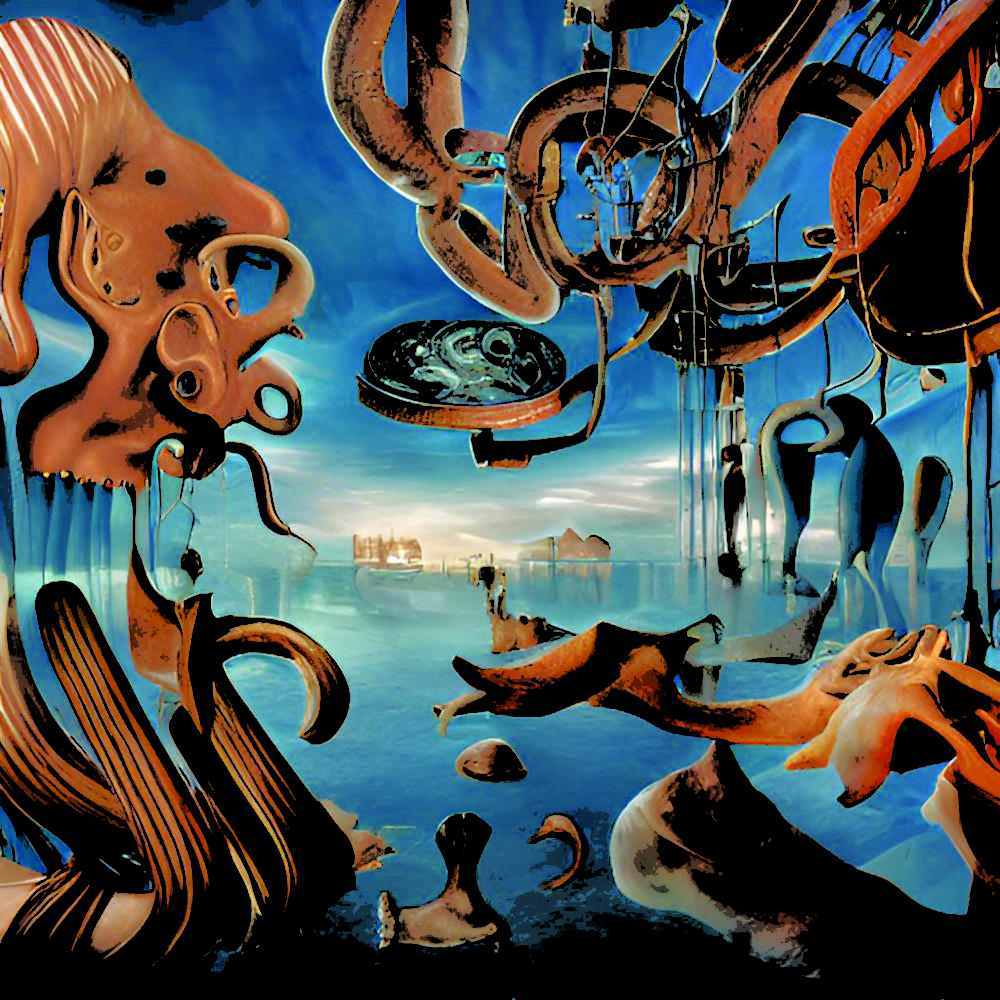Artificial intelligence has made waves in various industries, and the art and design world is no exception. As technology continues to advance, artists and designers are increasingly using AI to create and enhance their work. From generating novel designs to aiding in the creative process, AI is becoming an integral tool for many artists and designers.
The opening paragraph of this story was written by ChatGPT, an AI chat bot that uses natural language processing and a database of websites, textbooks and various articles to model its own responses to the questions posed by the user of the chat bot.
ChatGPT and other forms of AI are rapidly becoming useful tools to people who work in creative fields, according to PC Guide, a By Gamers, For Gamers website dedicated to answering tech-related questions.
AI has even found its way into WKU classrooms, including courses on design and user experience, otherwise known as UX. User experience is the intentional creation of a consumer’s experience with a brand’s product or interface, according to the U.S. General Services Administration.
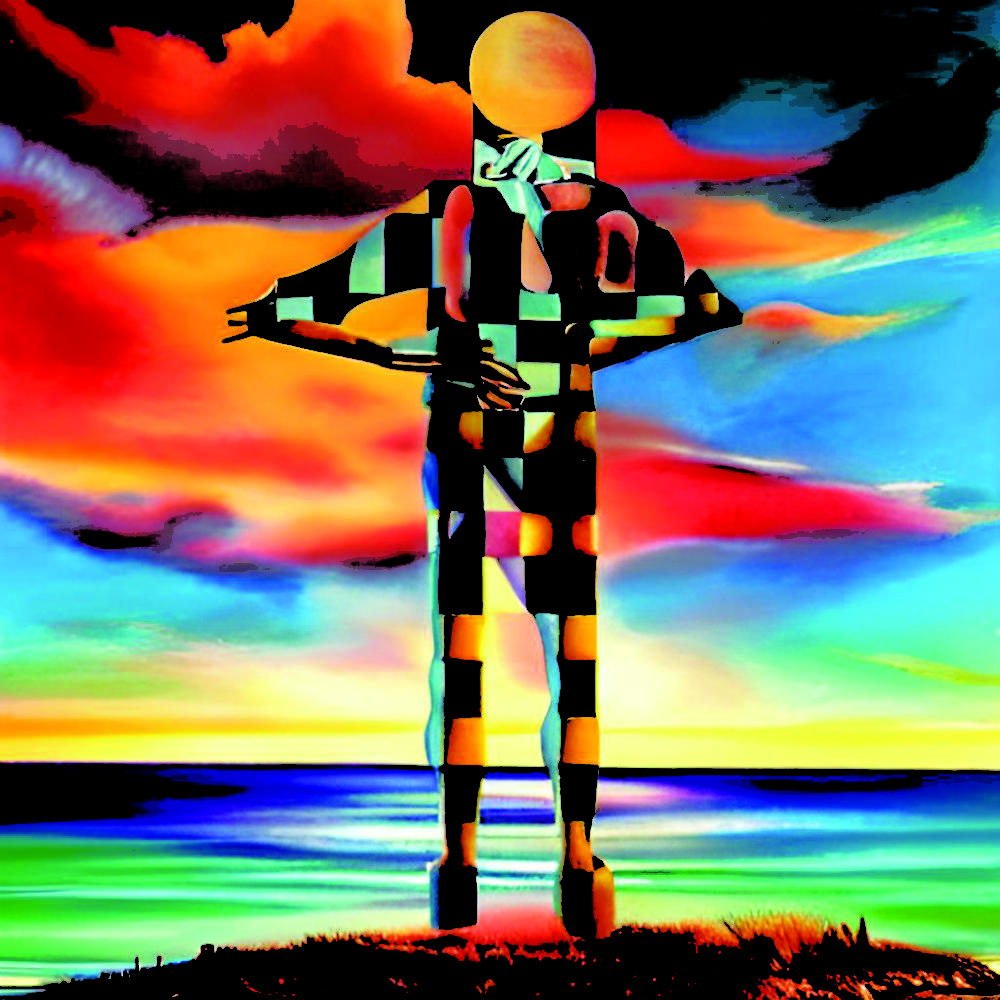
Mark Simpson, an associate professor in art and design and head of WKU’s UX program, said that in his classrooms, AI is a “testing” and “idea generation” tool for designs.
“We’re not using AI to create something; we’re using AI to motivate the creation of it,” Simpson said.
The use of AI as a tool to grease the wheels of the creative process was echoed by Scottsville senior Madison Whittle.
Studying graphic design and UX, Whittle said that AI is an invaluable creative aid.
“It gives you an idea,” Whittle said. “AI is a great tool for creators to do, like, a visual reference point.”
In the fall of 2022, Whittle used AI to assist her creation of an augmented reality museum experience for local school children to learn about the history and culture of southcentral Kentucky. Augmented reality is the manipulation of the senses through use of computer-generated content, according to Microsoft Dynamics 365.
Whittle’s museum experience included AI-generated “portals” that led participants through the exhibits.
“We found a visual AI online, and we would generate descriptions based on the exhibit you were about to enter, and that would generate a really interesting painting, and that was our portal for that exhibit,” Whittle said.
Whittle also made sure to clarify that the AI images were used as stand-ins for human-made paintings.
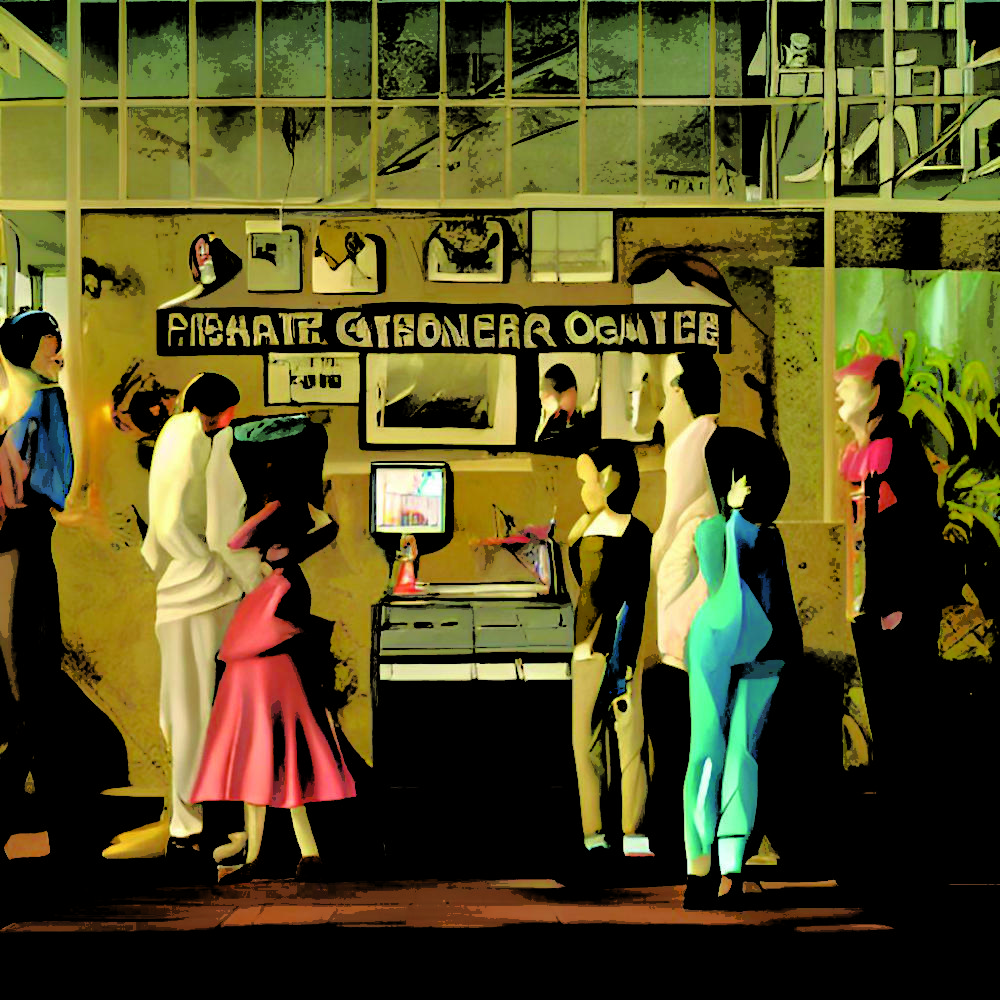
Even artists who specialize in more traditional methods and materials are easing into the use of AI in their creative fields. Mike Nichols, a traditional buon fresco painter and professor of art and design, compared the use of AI to being no different than the use of a paintbrush.
For Nichols, human intention is an important part of the distinction between art and non-art. He said he believes how AI art is used defines its status as art or not.
“If it’s not connected directly to a person, I don’t know if I would classify it as art,” he said.
Simpson also recognized a connection between art and the merit of human creation. He said for him, the value of human art is found in its craft and imperfection, but there is inherent value in both human-made and machine-made creations.
“There’s value put on the product that machines make, and then there’s value put on the product that humans make,” Simpson said.
Simpson compared the value of a mass-produced, machine-made coffee cup to a coffee cup made in the ceramics lab below his office in the Fine Arts Center. He said he believes as AI progresses, consumers will make similar value distinctions more and more.
While AI may not replicate “the genius of humanity,” as Simpson called it, Whittle said that her fellow designers are scared of losing jobs.
“In a lot of AI right now, there’s a big uproar because it’s taking people’s existing art and generating it into quote unquote new things,” she said.
But Whittle added that AI-generated art is based on the work of real artists, so AI art wouldn’t be possible without human art supplying it.
This idea of AI poaching work from human artists isn’t exclusive to designers. Nichols noted the impact of AI’s lack of respect for copyright.
“I know that some of my illustrator friends are very anxious about it due to the fact that people are coming in and generating images and using resources that are online, which might be copyrighted images made by illustrators or photographers, and they’re not being compensated for it, and it’s threatening their livelihoods,” Nichols said.
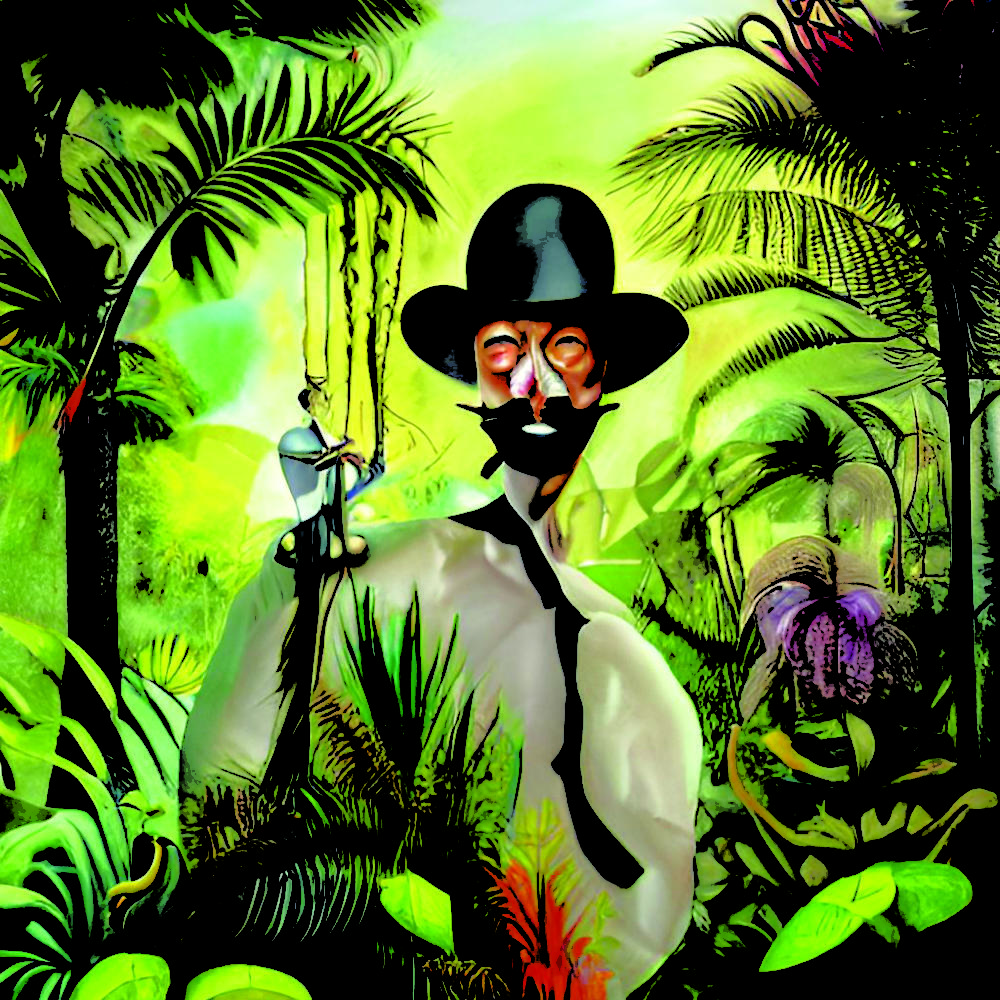
Simpson said AI is still a “child,” and only the future can answer some of the questions posed by critics.
He said he believes AI will undoubtedly be misused but relates AI-induced panic to the same panic experienced when introducing new technologies for the past 40 or 50 years. While some may have thought that new technology was the end of the world, Simpson said people have always figured out ways to effectively integrate it.
“I have a feeling just in my gut that that’s going to be the nature of AI — that it’s going to be taken advantage of. Lots of people are going to embrace it. People are going to start calling themselves artists and designers and painters and writers because they’ve got access to an AI,” he said. “But then we’re going to discover that things are going to dip into mediocrity, and the world will start to realize that and then we’ll see AI for the tool that it is.”
While Simpson said he is hopeful for the future of AI, there are still questions to be answered.
“I think one of the things that concerns me right now is that it is already being legislated,” Simpson said. “I think AI is still a child in this field of technology, and it’s not mature enough for us to make some of those decisions yet.”
Thus far, legislation for AI has included specific AI-use cases and state privacy laws, according to Alston & Bird LLC, an international law firm with roots dating back to 1893. Legislation for AI in 2022 alone was brought to debate in 17 different states, as reported by the National Conference of State Legislatures.
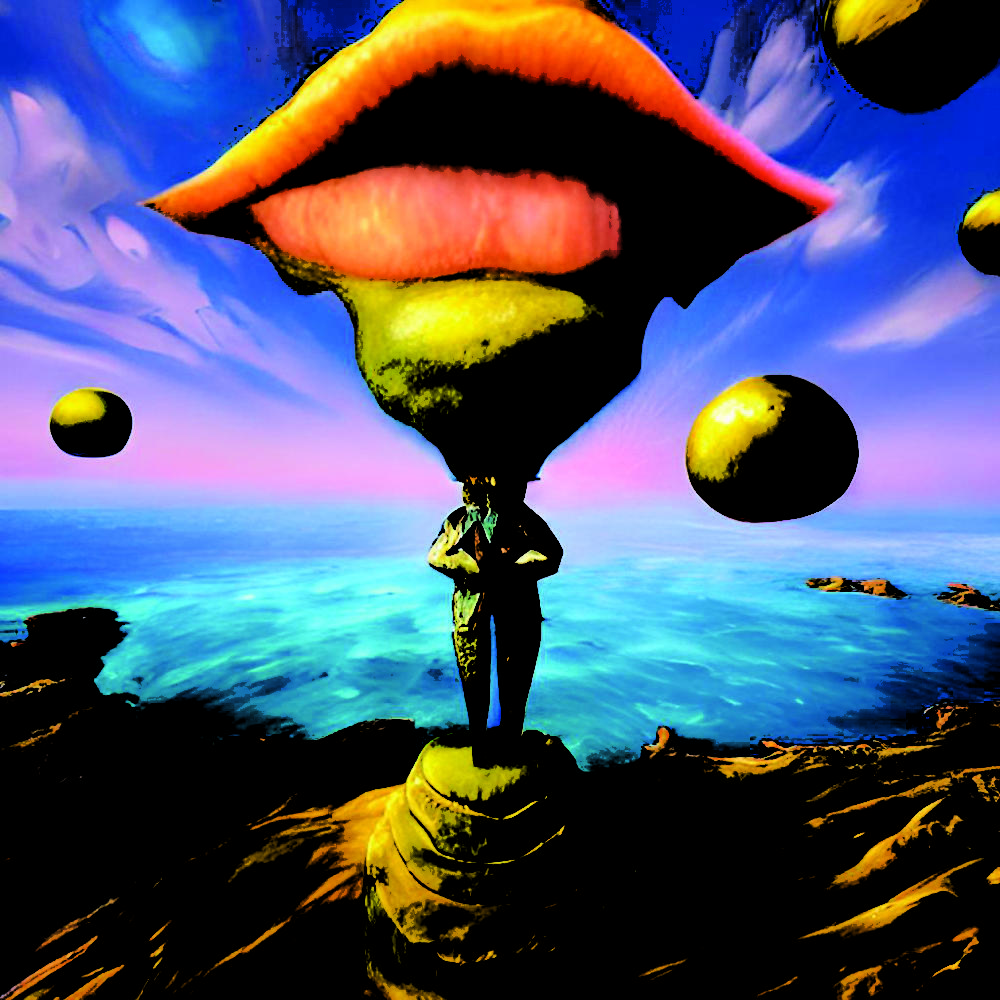
“You know, tech is growing exponentially,” Whittle said. “And so it’s really, really hard to keep up with what’s happening, and how do we make rules?”
And while still skeptical of the effects of AI, Nichols said that art is invention.
“I think art is, and in a lot of ways one of its aspects is, that it’s a celebration of innovation around the fact that people are doing cutting edge things with new tools. I think that’s exciting,” he said.


